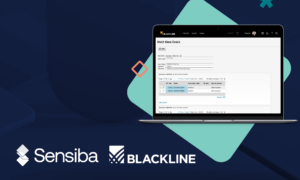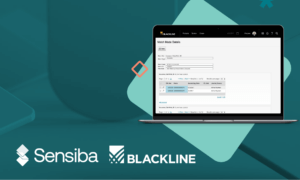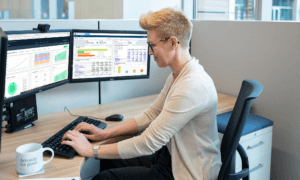An important way for restaurants to increase efficiency and profitability is by optimizing the technologies underlying their operations. Building the right tech stack helps keep restaurants ahead of their competition and sets the foundation for ongoing success.
Gain Real-Time Visibility and Insights
Implementing the appropriate tools provides a systemized process to optimize your workflow and provide management with real-time visibility into the company’s operational and financial data.
In turn, being able to analyze a restaurant’s operations in real-time enables rapid decisions without having to wait for data to be collected and formatted into reports that become outdated quickly. A well-designed tech stack can streamline processes, improve productivity across organizational departments, and allow management to focus more on team members and the guest experience.
Streamline Processes and Automate Repetitive Tasks
An effective tech stack also lets you automate repetitive tasks, such as processing invoices, that otherwise require manual efforts that could introduce errors in your data and reports. For example, mailing a stack of vendor invoices from a restaurant to a corporate office for processing adds needless time and cost.
Automating time-consuming processes can also help teams optimize labor costs by enabling staff members to focus on higher-value tasks. Instead of processing invoices or reconciling bank balances, for instance, the finance team can invest its time in analyzing data and preparing forecasts to support more effective management decisions.
A single-unit restaurant company would likely be served with a basic accounting package, but adding and integrating software tools can increase efficiency as an operator adds locations and expands into new geographic areas.
Common Restaurant Technologies
While the most suitable tech stack will vary according to how many locations a restaurant company is operating, the most common technologies can be found below.
Back-of-House:
- An accounting platform, such as Sage Intacct, that enables real-time data and analysis as well as budgeting and forecasting. Every day, for instance, an operator should understand key performance statistics such as sales, food costs, labor costs, and other KPIs.
- An invoice automation tool, such as Plate IQ powered by Ottimate, to reconcile vendor invoices and manage payments.
- A labor and schedule management platform to help you align staffing levels with expected demand.
- A financial close management tool such as BlackLine to automate reconciliations and journal entries.
- A fixed-asset management system to optimize the maintenance and service life of equipment such as walk-ins, grills or cooktops, and other parts of your physical infrastructure.
Guest-Facing:
- Online ordering and point-of-sale (POS) systems that integrate with inventory and purchase data.
- Digital menu boards that offer the flexibility to manage offerings and price changes without having to reprint menus.
As you evaluate potential technology tools, integrating and sharing data with the rest of your tech stack through APIs (application programming interfaces) offers important benefits in reducing manual processes, increasing efficiency, and reducing operating costs.
Optimizing Technology Implementations
As restaurant operators consider technology implementations, it’s important to first understand the processes they are thinking about automating and to eliminate any inefficiencies before they start an implementation. It’s a common mistake for companies to try to make their software fit an inefficient process and to blame the technology if they don’t receive the expected productivity gains.
Another common mistake is implementing a technology tool and immediately customizing it to match ingrained processes. The closer you can stick to an off-the-shelf implementation, the less you must worry about adding needless complexity to your tech stack or having an automated process broken by a future software update.
To learn more about optimizing your restaurant tech stack, contact us.
















